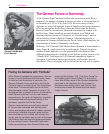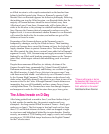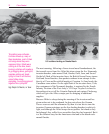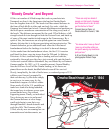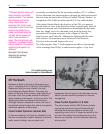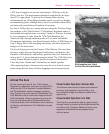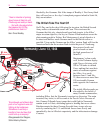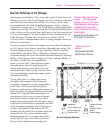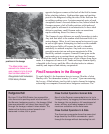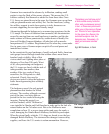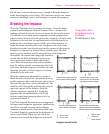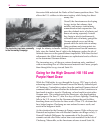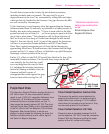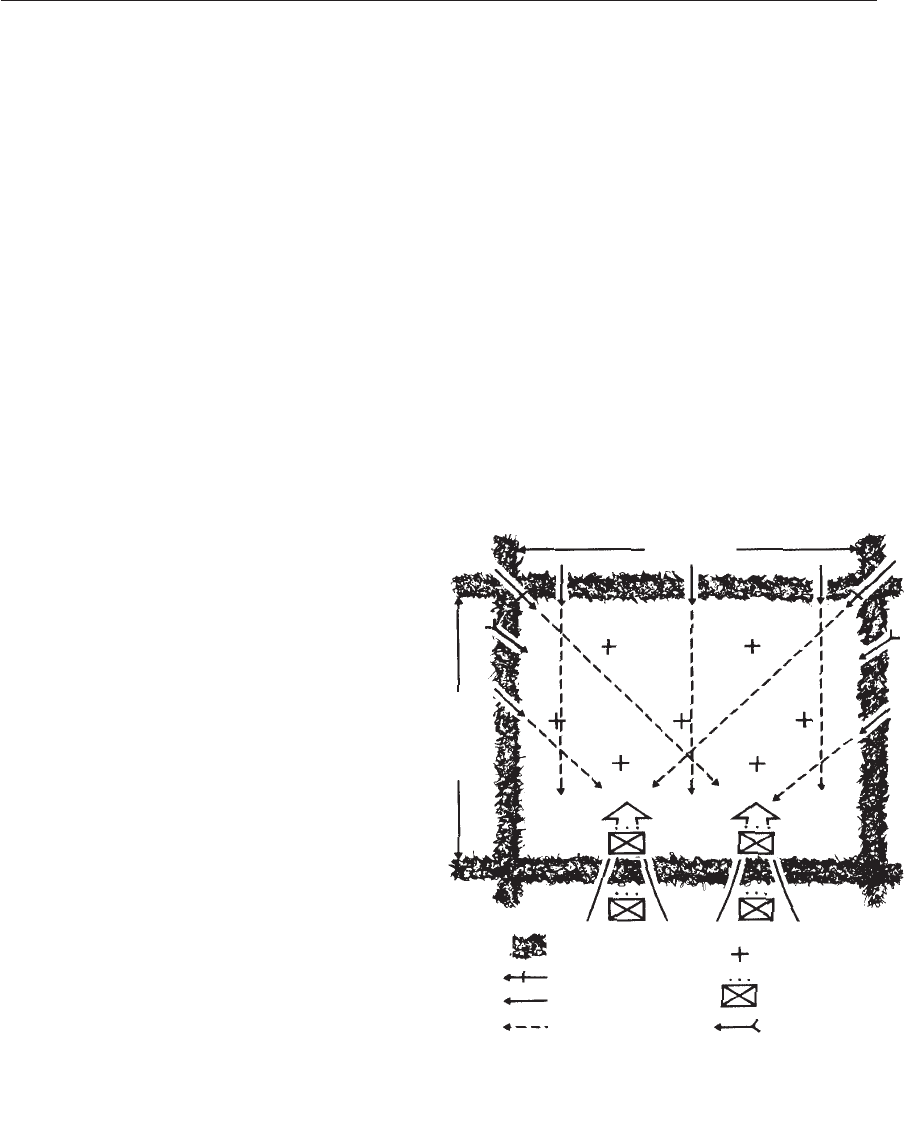
Chapter 4 The Normandy Campaign in Close Combat
75
German Defenses in the
Bocage
Standing between Bradley’s First Army and its goal of Saint-Lô are six
German divisions of the Seventh Army, several of which are made up of
units that have been shattered on D-Day. One of these, the 91st, has
been reinforced by the Sixth Parachute Regiment, an élite volunteer
group whose average age is 17. The 352nd Infantry, which opposed the
Americans so fiercely at Omaha Beach, has been pulled back along the
valley of the river Vire, which flows past Saint-Lô and between the two
U.S. invasion beaches. The other German divisions in the area are the
Third Parachute Division, the 353rd Division, and the 17th SS
Panzergrenadier, although none of these is strong enough to mount an
effective counterattack.
The best German defenses in Normandy weren’t put there by Rommel
in 1944, but by Celtic farmers more than a thousand years earlier. The
Norman hedgerow country, or bocage, consists of small, irregularly
shaped fields, only about 200 by 400 meters, enclosed by ancient,
overgrown hedges that grow from earthen mounds flanked by drainage
ditches. The hedgerows reach a height of 15 feet, limiting visibility to
one field at a time. They are impenetrably
dense—even for tanks. The hedgerows form a
thousand square miles of tough patchwork
terrain, connected by a network of dirt roads
sunken far below field level by centuries of use.
The towering hedges shade these roads, further
decreasing visibility.
“Every field a fort” is a phrase that recurs
throughout the literature of the Normandy
Campaign. It sounds like poetic exaggeration,
but it’s true. Allied troops advancing into a
hedgerow enclosure are walking into an area soon
to be covered by pre-planned fields of direct and
indirect fire. Using the ideal camouflage and
concealment of the bocage to their advantage,
the Germans disperse small, heavily armed
antipersonnel and antitank units through it, dug in
at the bases of the hedgerows and nearly invisible
to the oncoming Americans. Out of the silence a
sudden, tearing burst of fire from an MG 42
machine gun, the chatter of a machine pistol, the
detonation of a Panzerfaust antitank round,
incoming mortar fire, or a single sniper shot is
usually the first sign of the enemy’s presence.
Heavy German machine guns are dug into
Hedgerows
Heavy machine gun
Light machine gun
Direction of fire
Preplanned mortar
targets
American infantry
platoon
Antitank weapon
200-400 yds
200-400 yds
German hedgerow defenses
“We were flabbergasted by the
bocage
. . . . Our infantry had
become paralyzed. It has never
been adequately described how
immobilized they were by the
sound of small-arms fire among
those hedges.”
General Elwood Quesada, U.S.
IXth Tactical Air Command
“Make every field a
fortress.”
Obergefreiter
Paul Kalb,
352nd Infantry Division




